Recharge Farms project community events continue with a crayfish hunt at Hutt Bay and planting at Mt Burr Swamp
Our South East SA based volunteers have joined us for some very muddy activities over the past month at Hutt Bay and Mt Burr Swamp.
First up, in late October NGT Principal Ecologist Lachie Farrington led a group at Hutt Bay in a workshop on Burrowing Crayfish (Engaeus spp.). The idea for this workshop was sparked earlier in the season at a planting day at Hutt Bay when the volunteers noticed and became curious about the crayfish ‘chimneys’.
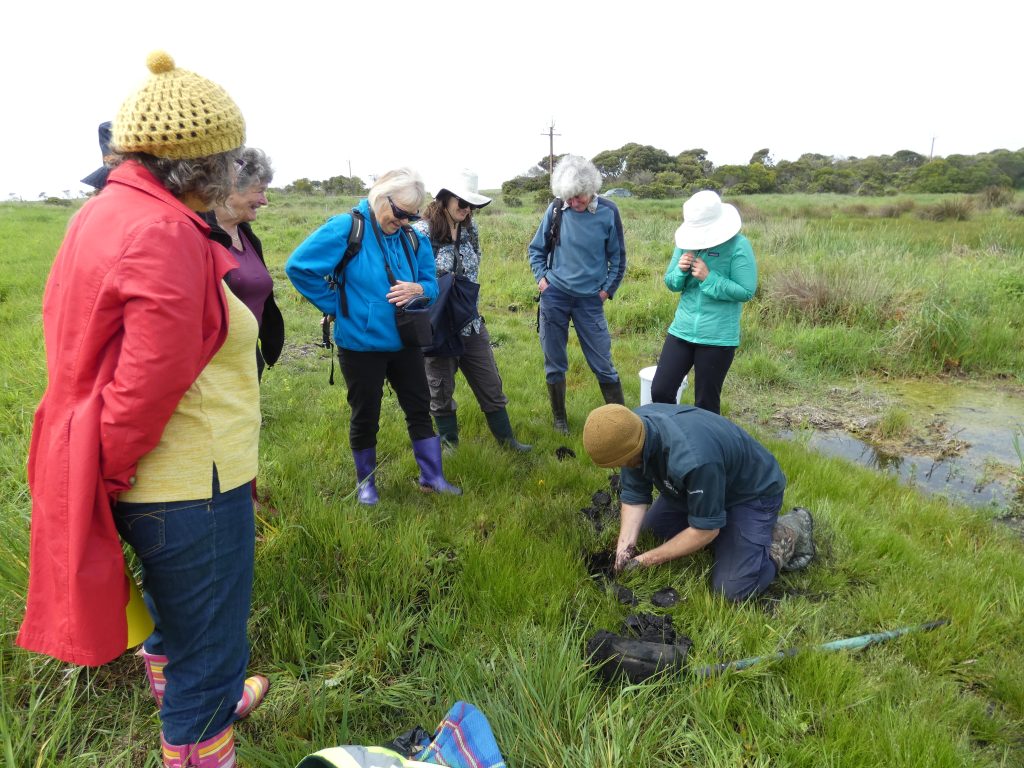
Lachie started by telling the group that the crayfish live in underground tunnels and the chimneys are the result of the crayfish cleaning out their burrows at night, where they roll balls of mud out of the tunnel and stack it around the entrance. As Lachie was digging up a tunnel, he was able to show the volunteers the huge network of tunnels that is created by the crayfish, complete with little a number of chambers created for the crayfish to rest in.
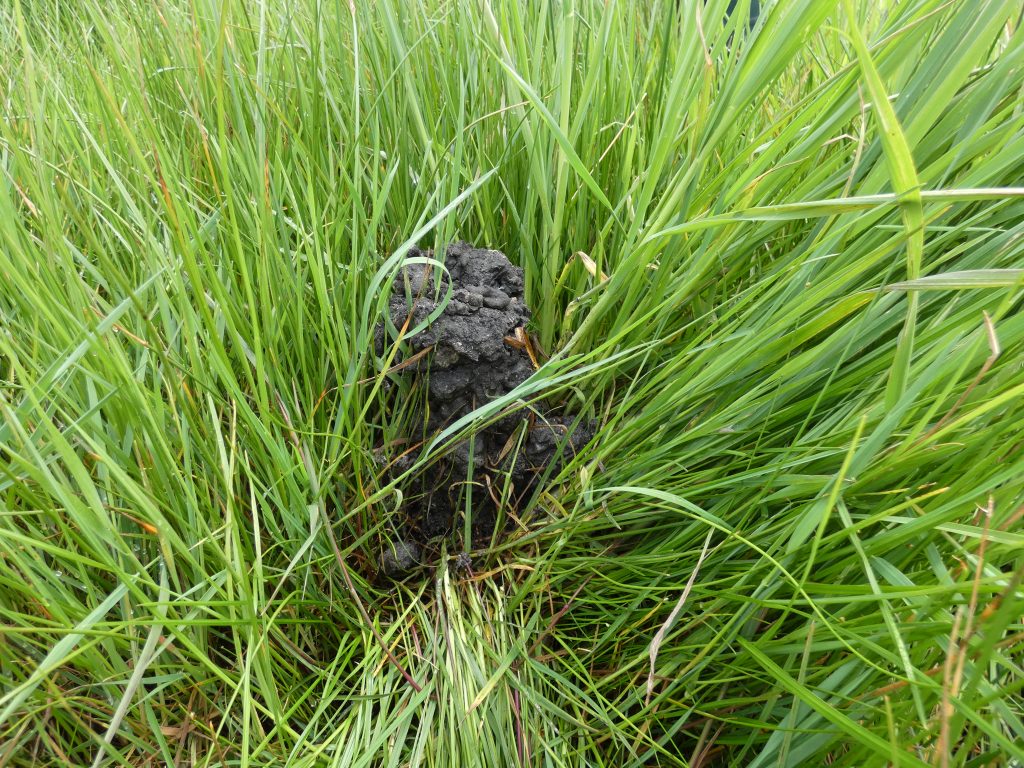
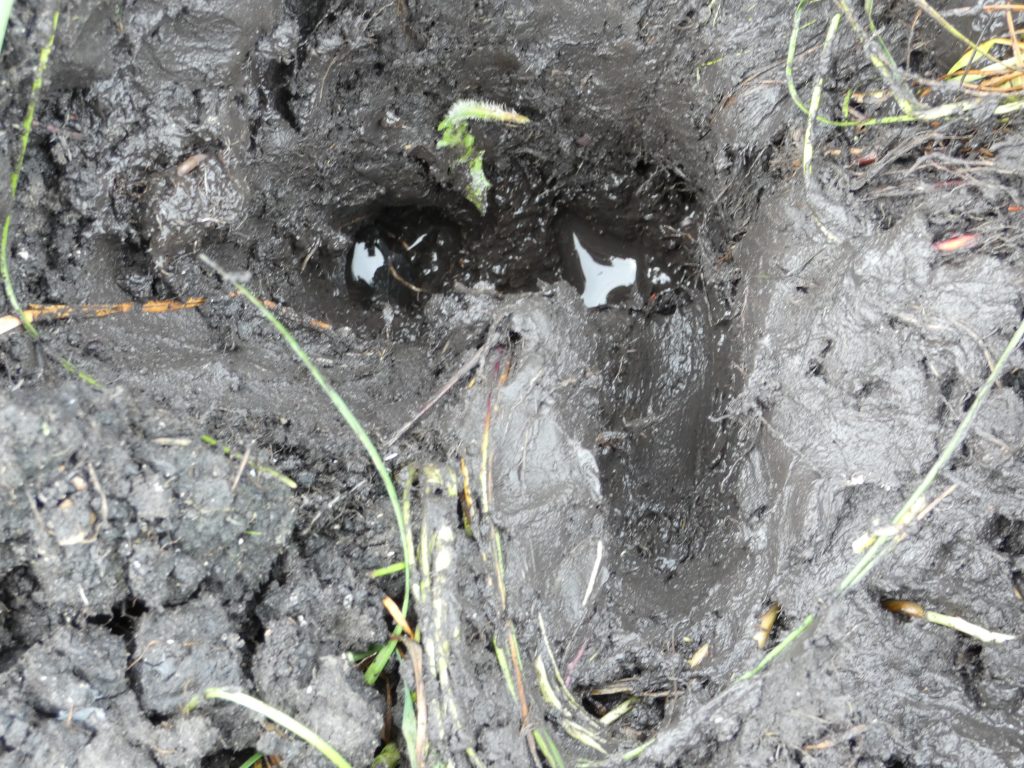
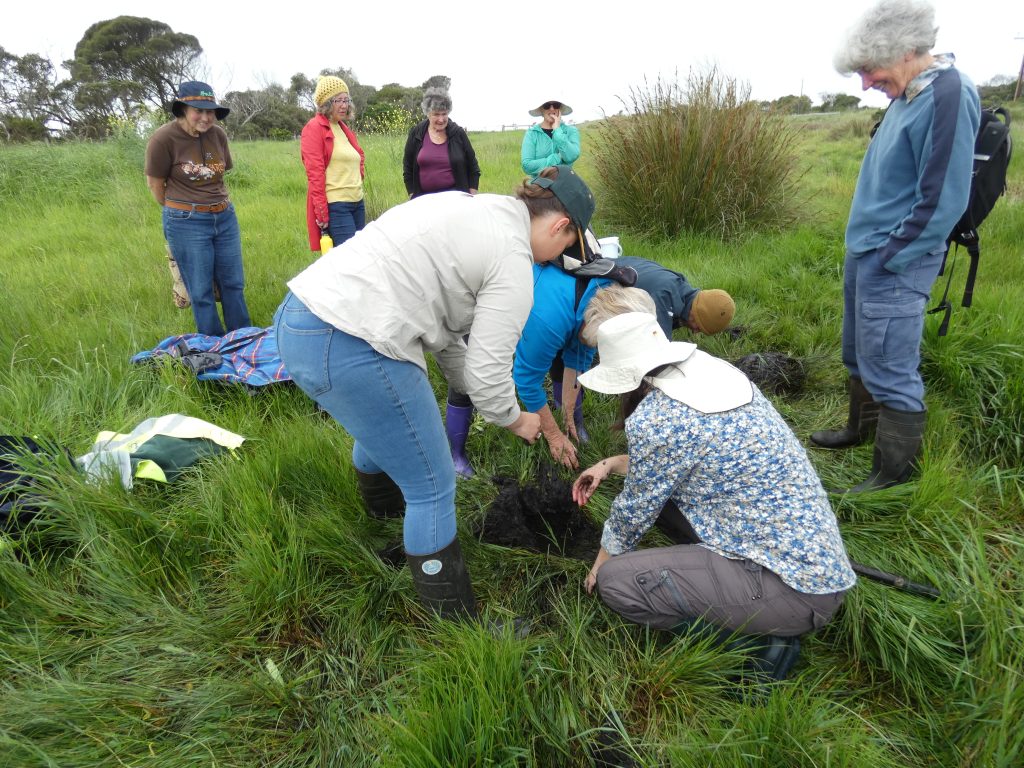
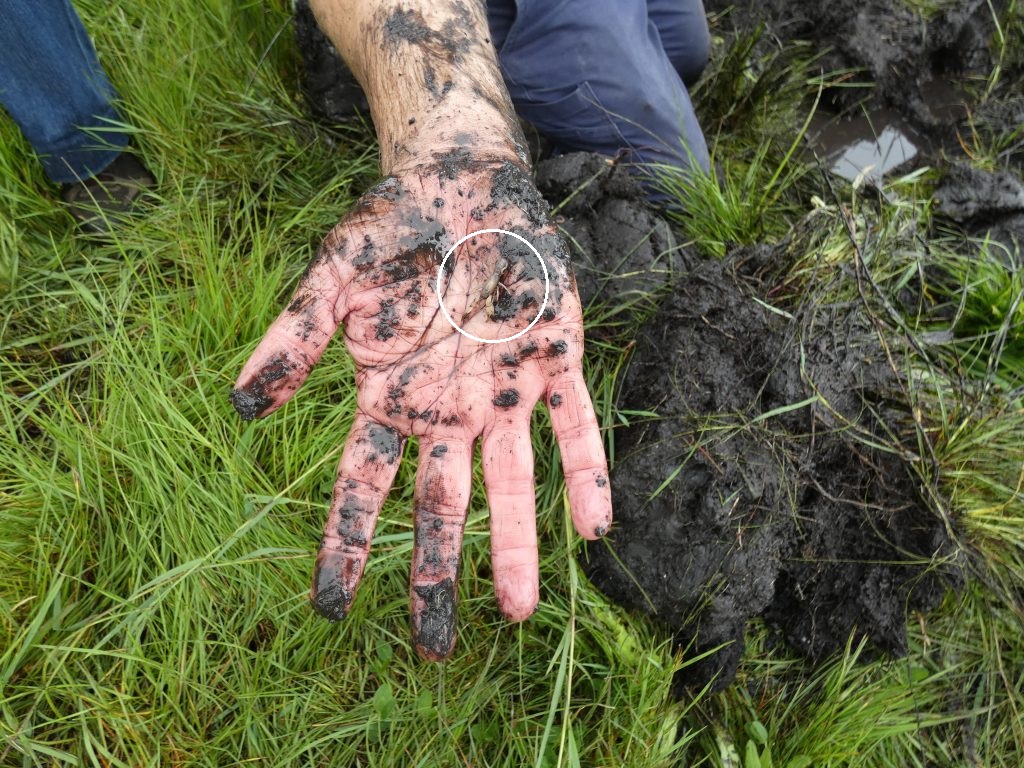
After a bit of hard work, we were able to find a couple Burrowing Crayfish. The ones we found on the day were juvenile and about half their full-grown size.
The following week we held our last planting day for the year at Mt Burr Swamp with a group of dedicated volunteers. Although late October is is quite late in the season for planting, we have found this timing ideal at Mt Burr Swamp and the ground was still very soggy. Volunteers planted over 1,200 plants along the main wetland’s edge, in less-than-ideal weather, but thankfully the rain held off. One tiger snake was spotted and some Caper White Butterflies which had blown in from their northern SA habitat. A huge thank you to those who came out!
Community events at these two reserves are ongoing, so please get in touch if you’d like to come along.
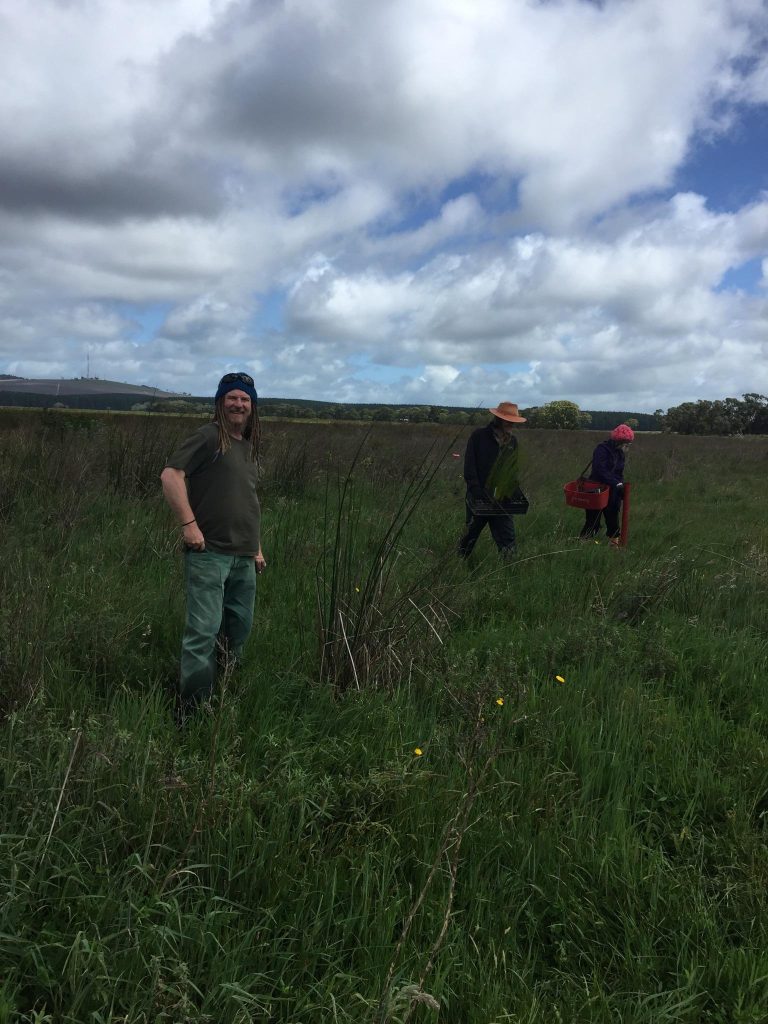
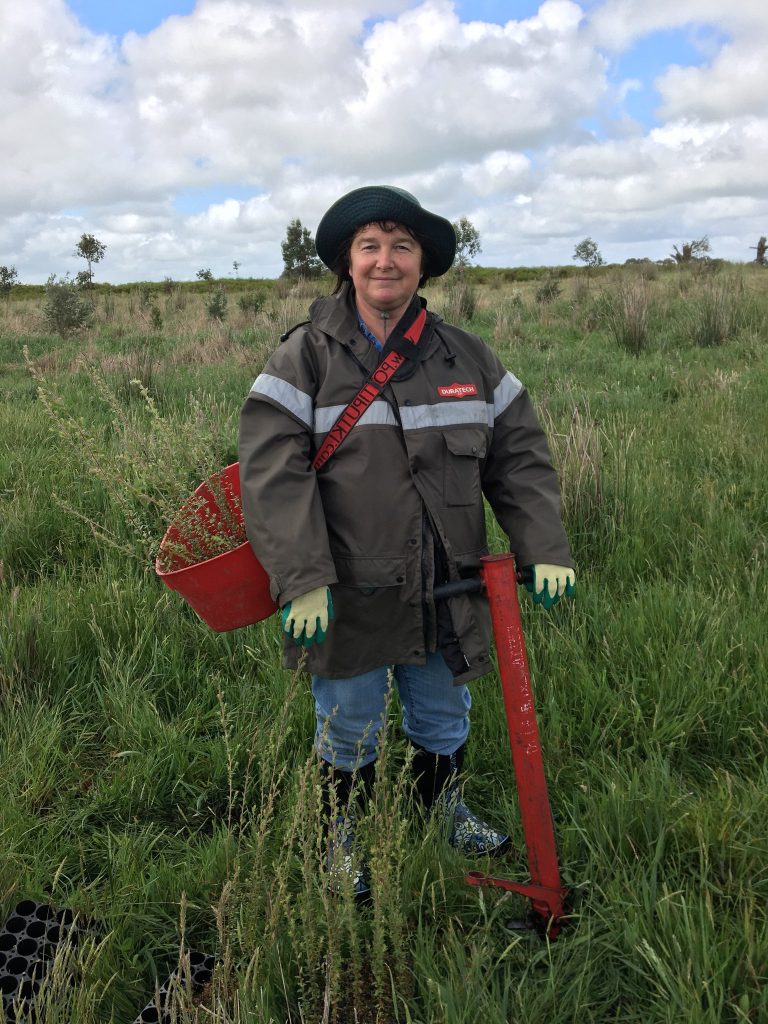
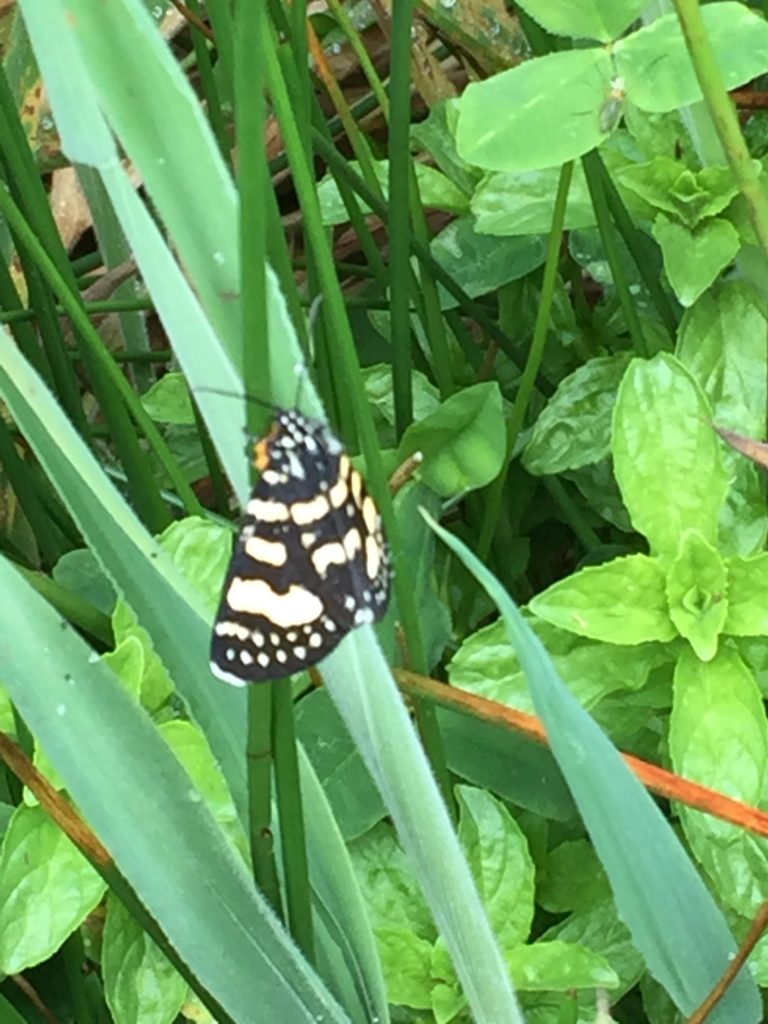
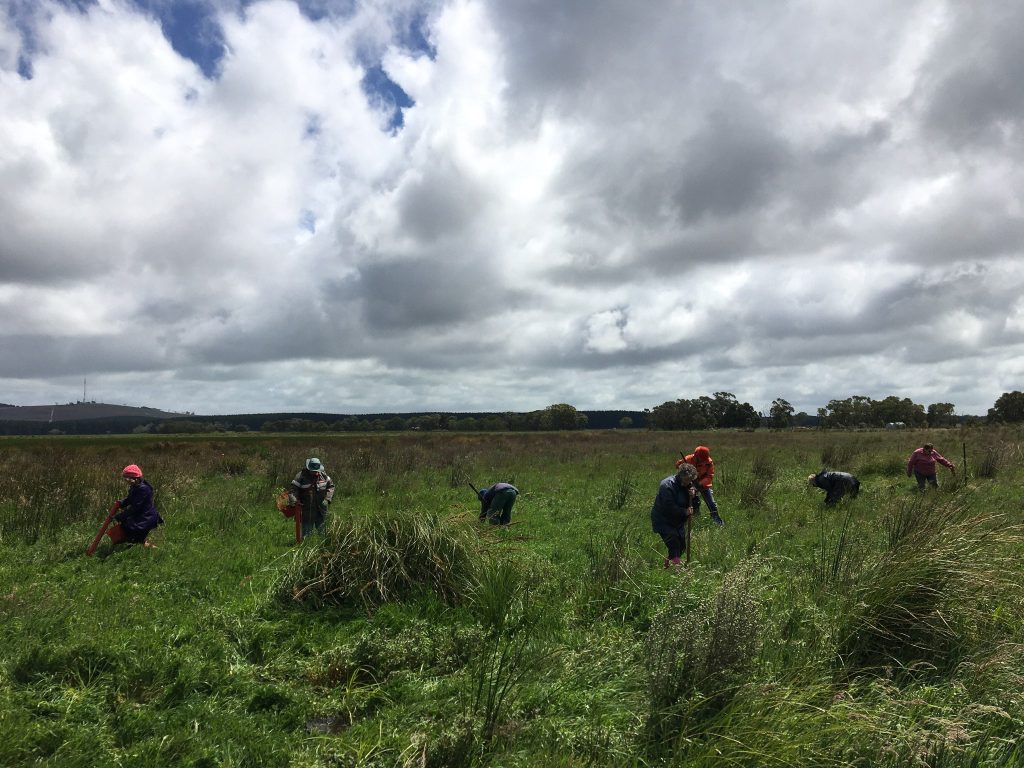
Community events at Mount Burr Swamp and Hutt Bay Wetlands are part of the Recharge Farms project, supported by the Limestone Coast Landscape Board, through funding from the South Australian Government’s Landscape Priorities Fund and the Australian Government’s National Water Grid Connections Funding Pathway.

